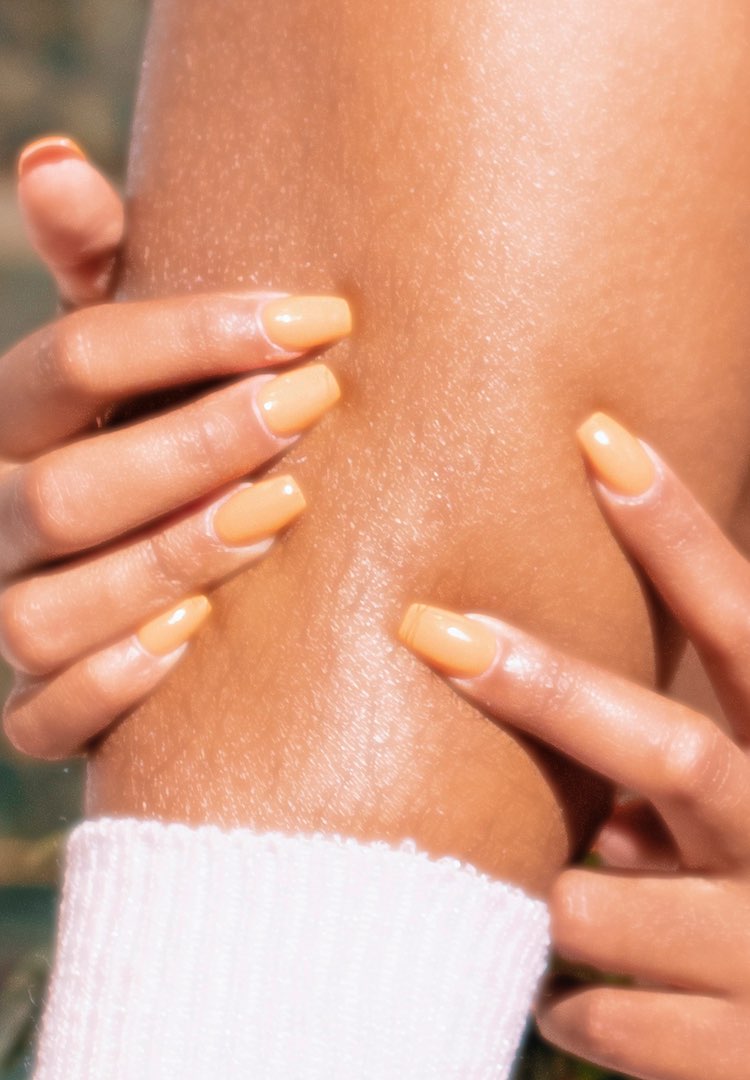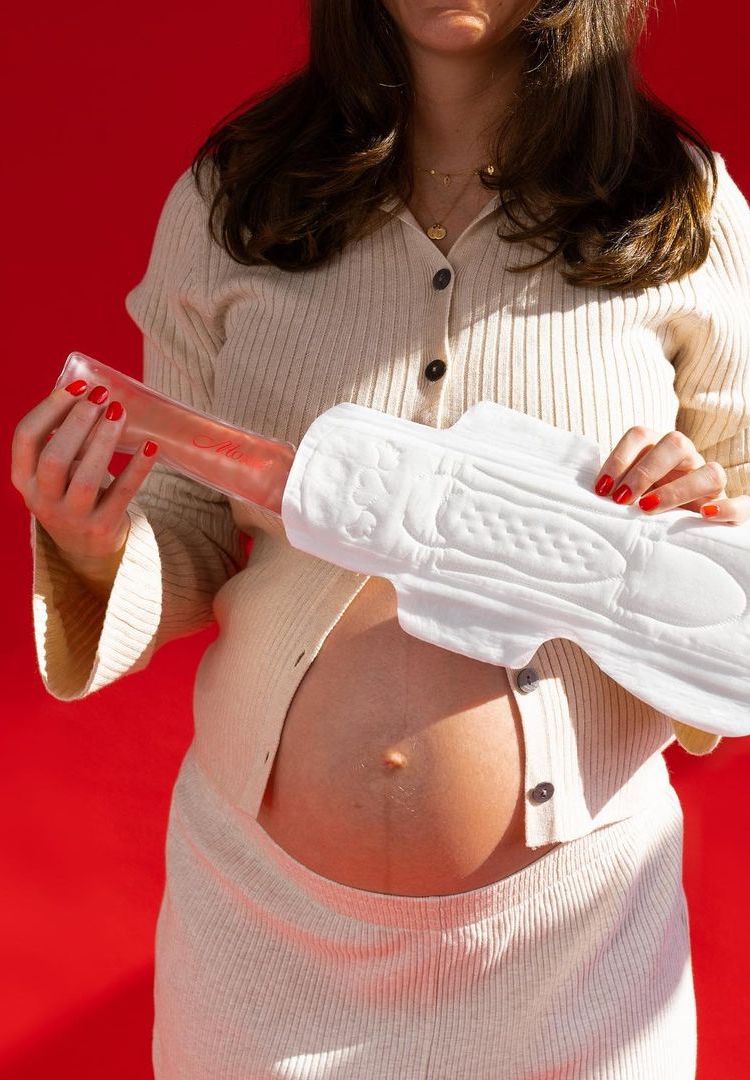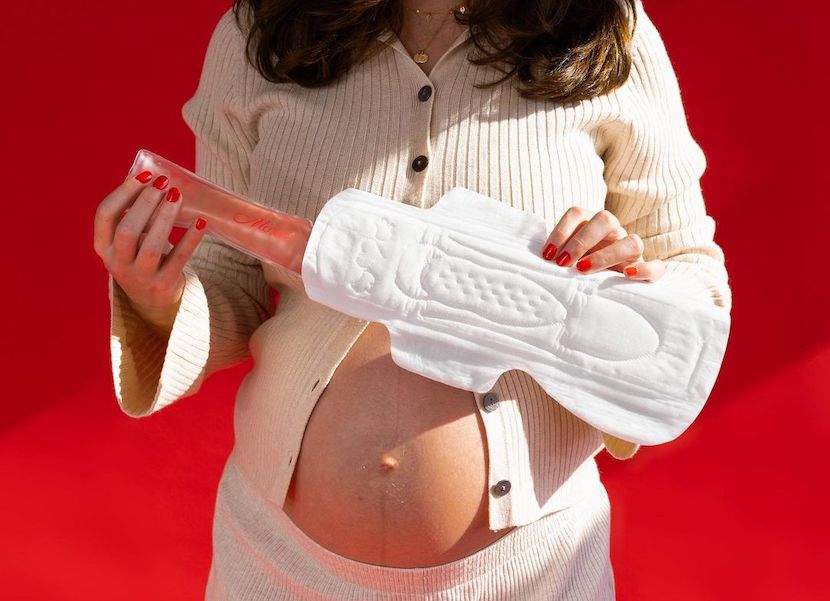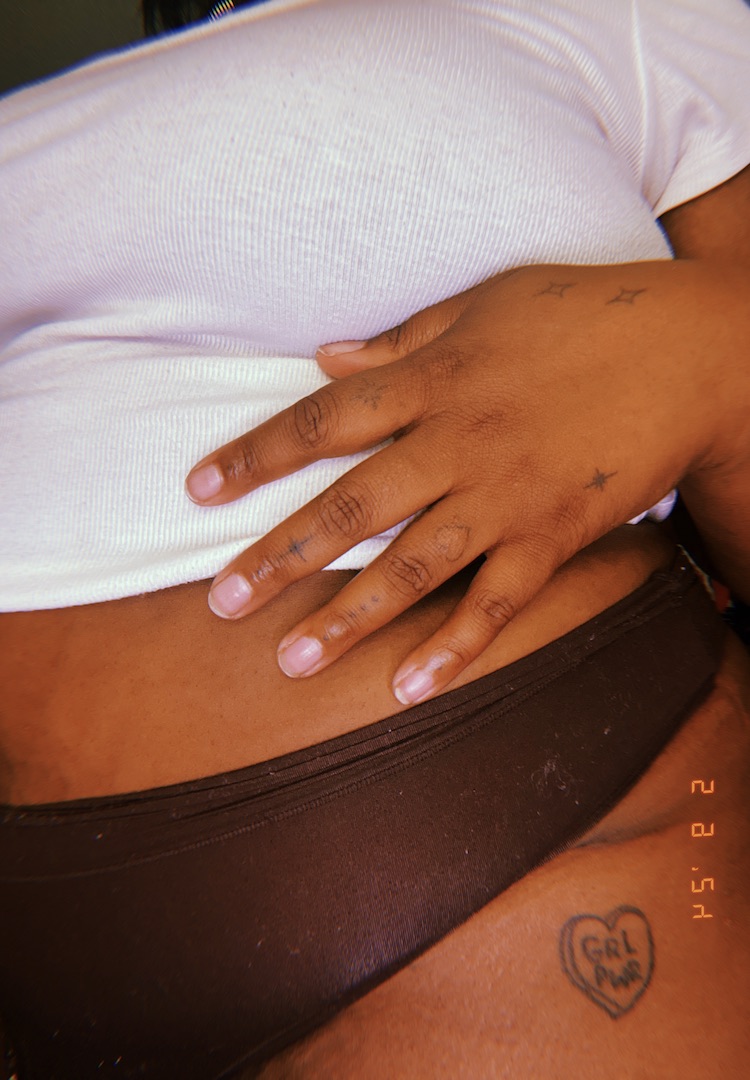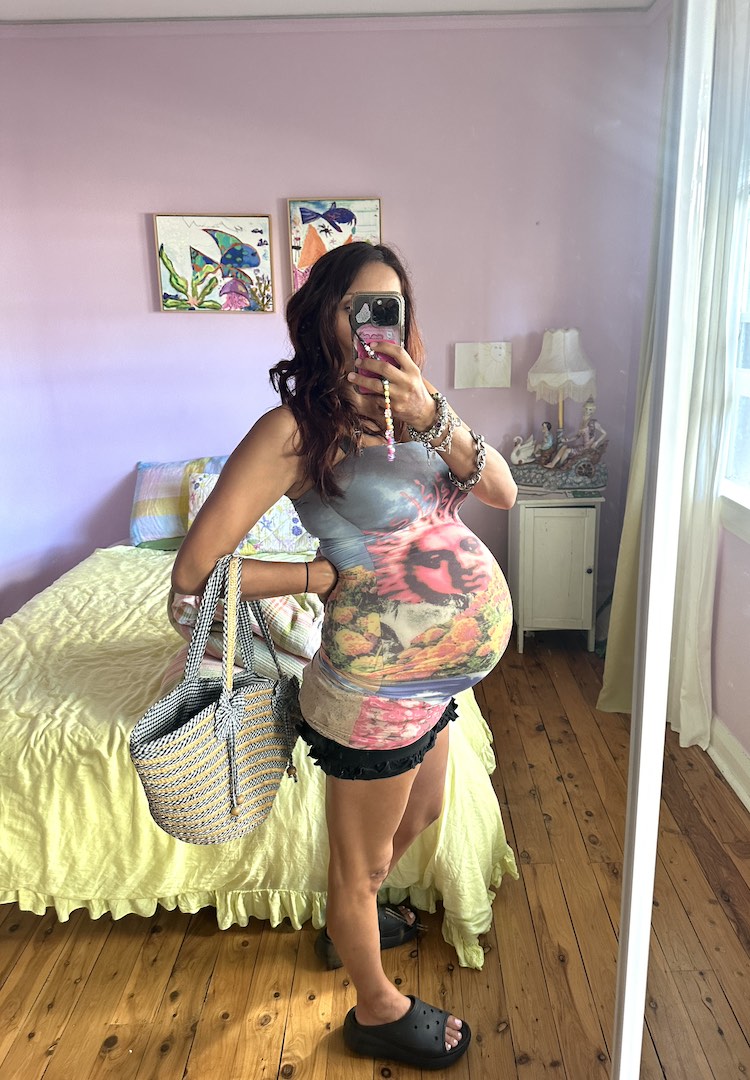A guide to postpartum tearing and caring, according to a registered Australian midwife
IMAGE VIA @MOXIEHQ/INSTAGRAM
WORDS BY IZZY WIGHT
Tips for postpartum care down there.
When it comes to childbirth, it’s no secret (at least it shouldn’t be) that women endure a range of strange and uncomfortable bodily sensations. Pregnancy and its delightful quirks (like nosebleeds and turbo-charged farts) are simply preparing us for the main event. Yes, some births are easier than others, but most women have at least one hiccup in their labour story.
For women who give birth vaginally, tearing of the vaginal wall, perineum or labia is often part of the process. Beth Ryan, registered midwife, mum and the Founder of PowerBirth education, is an expert when it comes to preparing women for childbirth. She understands the importance of caring for post-pregnancy tears, which is often helped by postpartum pads and temperature therapy.
For more wellness advice, head on over to our Health section.
Beth recently spoke on a panel for Melbourne-based progressive period brand Moxie, celebrating the launch of its new Postpartum Pads. She recommends the pads for women who have experienced tearing to help to soothe the vagina, perineum and surrounding areas. Below, Beth speaks on the importance of post-tear care, and how women can prepare themselves for possible tearing during birth.
Can you explain briefly how the ‘tearing’ process works? For example, how do you access if an episiotomy is required or post-birth, how do you assess the tear and any treatment required?
Tearing of the vaginal wall, perineum and labia are common occurrences during childbirth as the area stretches to accommodate bubs head and body. Most of the time, allowing the body to stretch and tear organically is preferred as this has been shown to be less painful and heal better than an episiotomy, but occasionally if there is a concern for bub’s heart rate during the birth, an episiotomy will be offered to speed up the birth.
After the birth of the placenta, your midwife will check for tearing using a torch and a piece of clean gauze. This requires them to gently part the labia and look at the skin and muscle to identify if any tear has occurred and if it requires stitches. Some tears are shallow… relatively superficial and will heal without any treatment, while others may need to be stitched.
Can you explain the difference between an episiotomy and a perennial tear?
An episiotomy is a cut that is made to the perineum during the pushing phase of birth to widen the vaginal opening. It is performed by a midwife or doctor using specially designed scissors. A perineal tear describes when the perineum tears naturally as a result of the head and body passing through and this can encompass small superficial grazes all the way through to more severe tears that impact both skin and muscle.
While episiotomy is sometimes indicated, research shows that allowing the skin and muscle to tear naturally generally leads to faster healing times, lower rates of infection and less pain in the postpartum period. For this reason, routine episiotomy is not encouraged and it’s really important to know the pros and cons of the procedure before consenting to it.
Are there some practices women can try pre-birth to reduce the chances of tearing?
Performing perineal massage during late pregnancy (from around 34 weeks gestation) has been shown to reduce the risk of perineal trauma (tears and cuts) among people giving birth vaginally for the first time. In people giving birth for the second or subsequent time, it has not been shown to reduce the risk of tearing, but it has been shown to improve perineal pain during the postpartum period, regardless of if a tear is sustained or not – which is really wonderful to know!
It is also highly recommended to maintain good pelvic floor health in pregnancy by implementing daily pelvic floor exercises into your routine. If you can, it’s a great idea to see a pelvic health physio during pregnancy to learn the correct technique as this makes a big difference.
The Moxie pads feature a pocket that can be warmed and cooled. Can you explain why vulva owners who have experienced tearing might benefit from those temperature sensations?
Cold therapy is particularly valuable in the first few days after birth as this can help reduce inflammation and discomfort. Even if you don’t tear, it’s normal for the vulva and perineum to feel tender, bruised and swollen after a vaginal birth. As the tear heals, some women find that the area of tissue where the scar forms can feel rigid and tight, especially during sex.
Gentle massage can support the tissue to soften and for you to feel like ‘you’ again and applying a warm compress prior to performing the massage can be incredibly helpful. A pelvic health physio with experience in postpartum can support you to learn the correct technique if this is something you are struggling with.
Can you tell if you’ve torn during labour?
Most women don’t know they have torn until we have checked them after birth. The stretching sensation as bub’s head is born can feel incredibly intense whether you tear or not, and many women are surprised to learn they have only had a small tear.
How can you care for your tear at home?
The main thing is to keep the area clean and dry. Rinse the area with warm clean water twice a day [and] avoid putting really hot or soapy water directly onto the wound. Pat dry and ensure you’re changing your pad regularly. Ice packs and basic medication such as paracetamol work wonders for discomfort.
For more on preparing for pregnancy, head here.

